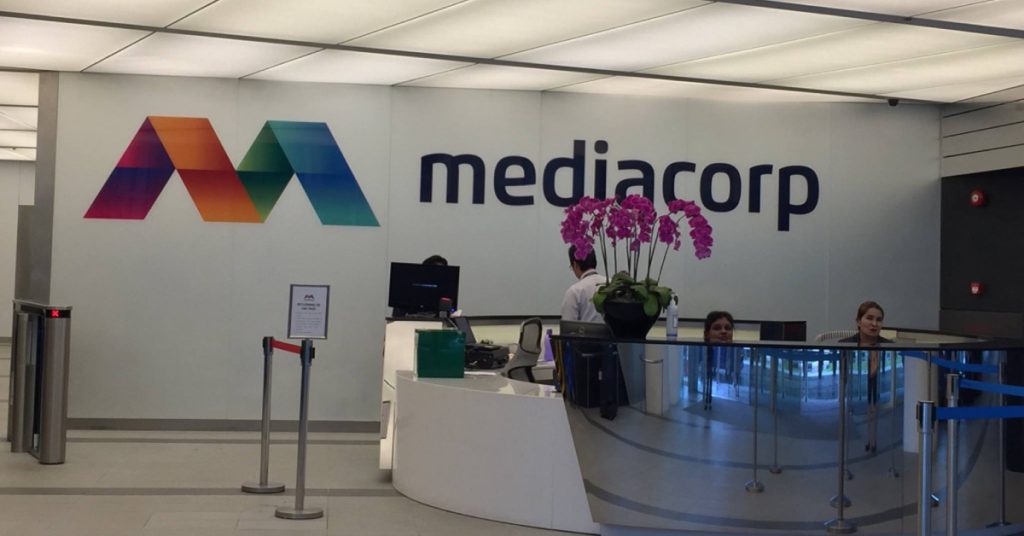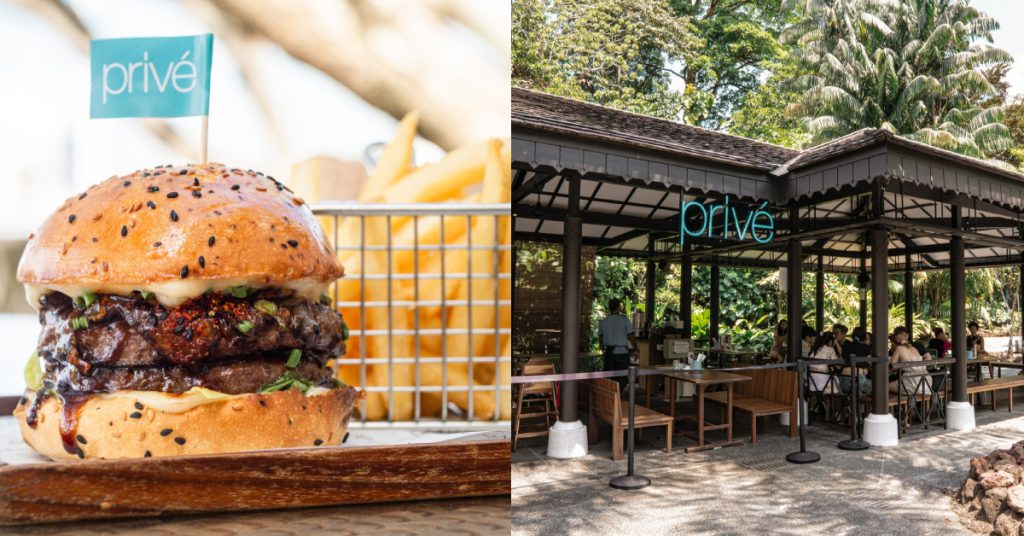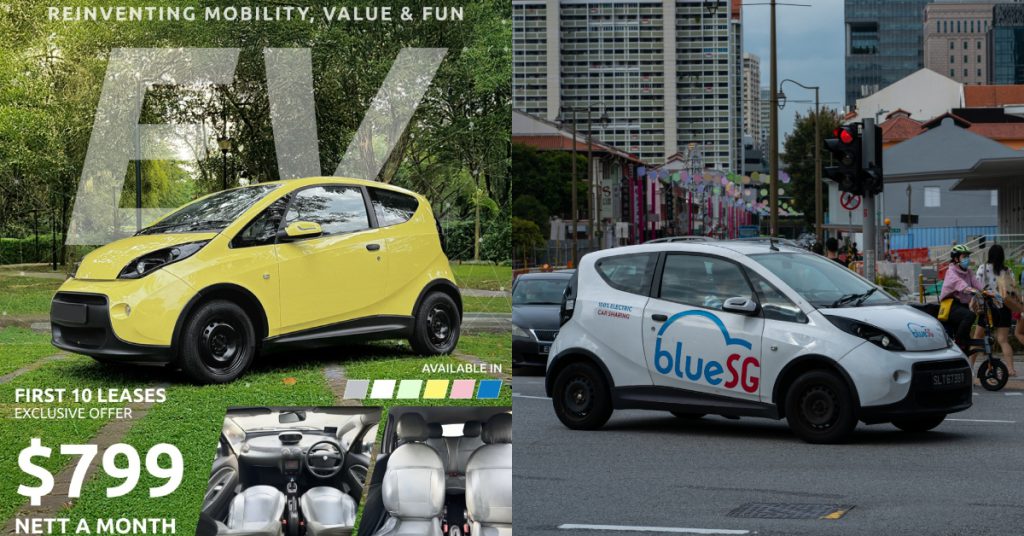The writing was on the wall, but when the merger of ride-hailing apps Grab and Uber in Southeast Asia became official in March, it still was a shock to many, including employees at both firms.
The following days were hectic.
A widely-shared video showed Uber employees at their Singapore office, milling about and packing up. It said they had been told to clear out their desks and vacate the building within a few hours.
This account was later disputed – some suggest it may have applied only to a specific department, others say they had the whole day, not just hours, to digest the news.
What people agree on is that there was a sense of confusion and information gaps in the first hours and days after the deal between Grab and Uber became official.
In the Indonesia office, former Uber staffers tell this anecdote: an Uber colleague from the US had just arrived, expecting to start an exchange program. (Uber allowed employees to temporarily work in other branches.) She had prepared for months and begun studying Indonesian.
She hadn’t been warned by her bosses that this might be a bad time to go.
Shortly after she arrived, she learned that Uber was leaving Indonesia and her plans fell apart.
Uber had grown to a staff size of about 500 people by the time of its exit, since its Southeast Asia launch in 2013, first starting in Singapore.
On the day of the announcement, employees were reassured that they weren’t losing their jobs.
Grab, who had absorbed Uber’s Southeast Asia operations with this deal, would make former Uber staffers offers.
The situation left many former staffers to feel abandoned by Uber and uneasy about joining Grab, TechCrunch reported in April – about a month after the announcement.
Some told TechCrunch they felt the arrangement strong-armed them into taking offers from Grab.
They would only get the legal minimum in severance if they rejected an offer, unless the new offer was of lower pay than their previous role, in which case they would get a better severance package if they rejected it.
Employees at that time also said there were restrictions for transferring internally to roles with Uber in other countries.
Now, a few months later, KrASIA spoke with close to a dozen former Uber employees in the region, at different levels in the company’s hierarchy, to find out how things have turned out.
It appears that not many of the 500 staffers in the region took up offers for positions at Grab.
Less than 10% of Uber’s Singapore team joined Grab, mostly in junior roles, and in the marketing department, our sources estimated.
In Indonesia, former staffers think that less than 5% went to Grab.
In the Philippines, 25% of a small team did join Grab, half of those coming from UberEats, our sources told us.
Grab declined to share how many former Uber staffers joined its team and what departments they came from.
There was a substantial figure, a Grab spokesperson said, and it “included some team members who were previously from UberEats”.
Soaking up Uber’s Southeast Asia employees – despite the often bemoaned lack of qualified workers in the region – was likely not the top priority for Grab in this deal, says Usman Lodhi, who heads digital strategy and investments at one of the largest Indonesian telcos.
He was previously the founder and managing director of Easy Taxi in Indonesia, which ended up retreating from Asian markets between 2014 and 2016. He has kept a keen eye on the ride-hailing industry since.
“I don’t think [Grab] expected all people to come on board,” Lodhi says.
Instead, it’s important to understand what Grab gained from the deal: an end to the costly rivalry with Uber in Southeast Asia, and a chance to jumpstart its food delivery branch by absorbing UberEats.
And the passengers and drivers who would now have no choice but to use Grab or otherwise go back to whatever they had been doing before the rise of ride-hailing.
Grab would have reserved the right to make offers in hopes to win over some of the top people.
“Talent is a factor. Who wouldn’t want to have the option to take the best,” Lodhi says.
Grab told KrAsia that it made an effort to speak with “each and every one” of the 500 or so Uber staffers, to find out about their career aspirations and where they might fit in.
This was done within a three-month timeframe.
But with Grab already operating in the same markets as Uber, there are fewer options when it comes to high-level roles, as these are already taken by Grab’s own people.
Most former Uber staffers we spoke to reported that the roles and salary packages offered by Grab were not that compelling, so they declined.
It wasn’t an easy decision, one source explained. If they had joined Grab, they would have kept their equity in Uber.
Out of the former Uber staffers who did join Grab, one said the reason for accepting came down to the role, and how well it fit into the individual’s career and life plan.
Another said that wanting to continue to contribute to the future of transportation in the region was a factor, given “fair” compensation.
Both had joined Grab’s regional team in marketing roles.
It’s not like Uber staffers who didn’t receive a compelling offer from Grab were stranded. They had plenty of other options to choose from.
Grab’s Indonesian rival Go-Jek made a point of addressing them in social media posts and inviting them to apply. Other regional tech firms like Lazada and Shoppee did the same.
One source says that from his large division in Indonesia, 2% took offers from Go-Jek. About 3% went to Grab.
The vast majority joined other companies, or are making plans to venture out on their own.
Former Rivals
Culture fit would have been another issue, at least as a first reaction.
“This is a very cut-throat business,” Lodhi points out. “It’s not easy to go work for that company that was your fierce rival on the streets.”
Uber staffers were already feeling alienated after what some experienced as being asked to clear out their office on short notice. Then came a town hall meeting the next day where Grab CEO Anthony Tan addressed them.
It didn’t sit well with some.
“He was telling us how great ride-hailing is. How it changes cities and provides incomes. We know that. We built this industry,” one person who attended the meeting told KrASIA.
This sentiment reflects the reservations some former Uber staffers had about joining Grab, but it’s not true for all of them. For some, the initial emotional reaction faded away.
“We were upset when the deal was announced,” says Krshna Prashant, who joined Uber in Singapore in 2016. It was her first job.
“Once that died down, we were having conversations with many companies, including Grab, and then it was about finding the right roles.” Prashant ended up taking a job at Grab.
As for the rushed departure from the office, Lodi says, these procedures are often inevitable.
When Easy Taxi shut down, he recalls, its team had to do the same. It’s for legal reasons, he explains – to minimize the chance of people copying sensitive documents or deleting files.
An Uber staffer who joined Grab told KrAsia that the Uber-Grab merger wasn’t very different from other company mergers he had experienced.
“In an M&A case, a whole lot needs to get done, including information security. Those processes are never necessarily smooth. There are things that work out well and then there are gaps. There wasn’t anything substantially different or wrong in this case.”
Grab points out that it “did not give the directive” to clear out the office within a few hours, though it’s not ruling out that it might have been part of the procedure instated by a contractor.
Grab also says it did its best to treat the situation “as empathetically as possible”.
Keep Talent Local
Did Uber itself not have an interest in retaining the talent it built over the years?
Former Uber staffers told TechCrunch in April that they were restricted in their options to move to new roles within Uber, but in our more recent interviews, this seems to have changed, at least for some.
Our sources reported that they were allowed to reapply at Uber elsewhere and that there was an Uber recruiter expediting the process.
“We are treated like new employees though, with new negotiations. However, we don’t need to do some pre-employment things like analytics tests.”
It’s possible that the restrictions were in place only for a limited time, or for a specific set of people.
Lodhi said he didn’t know any specifics about why the deal may have tried to limit the number of employees who switch to new roles at Uber outside of Southeast Asia, but suggested to take into account the perspective of investors and shareholders who would have had a say in drafting the terms of the agreement.
Softbank is a major investor in both Uber and Grab – and has many more stakes in companies across Southeast Asia.
“From their perspective, it makes more sense to keep talent local,” he says. “This is where they are best suited to contribute to the success of their companies.”
This article first appeared on KrAsia, and was written by Nadine.














